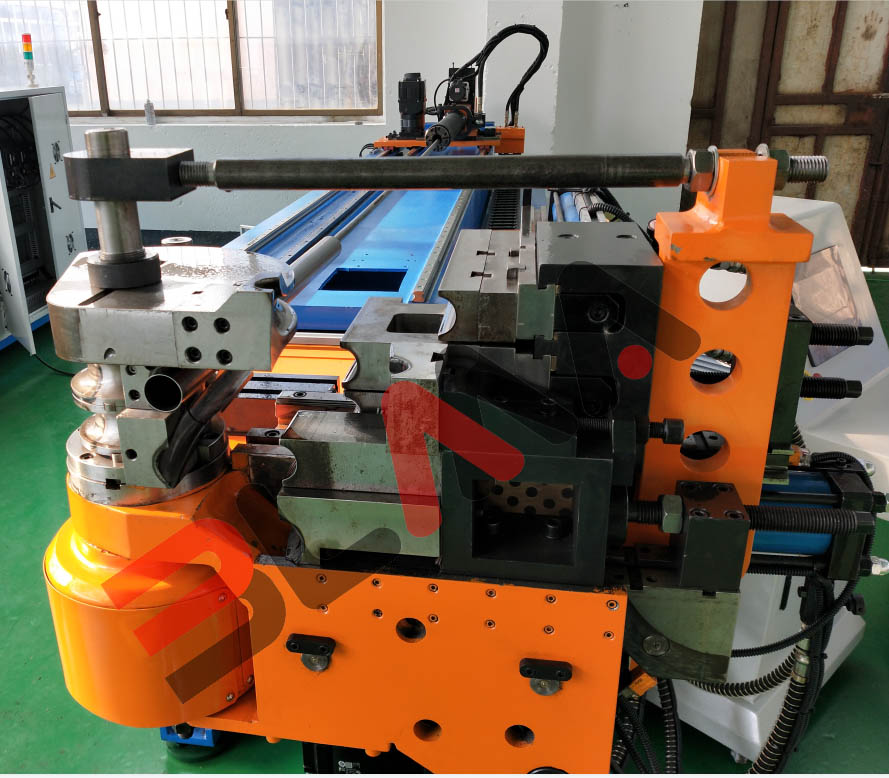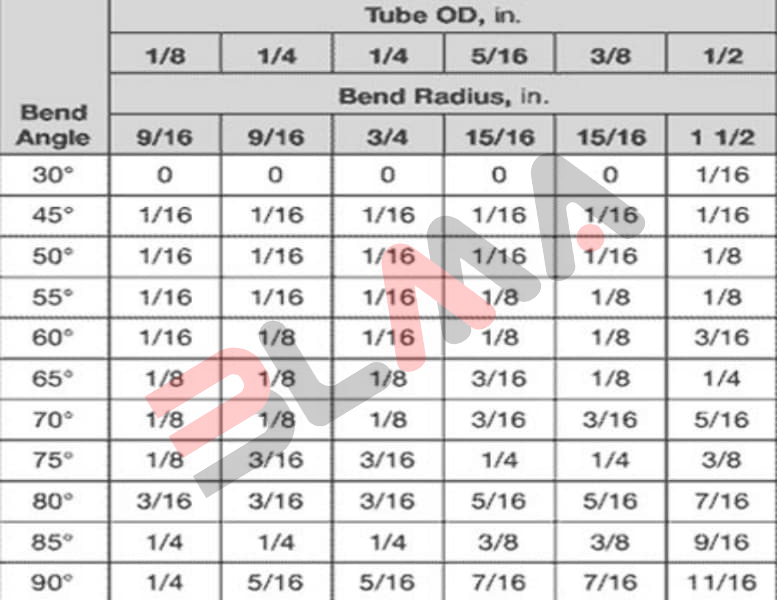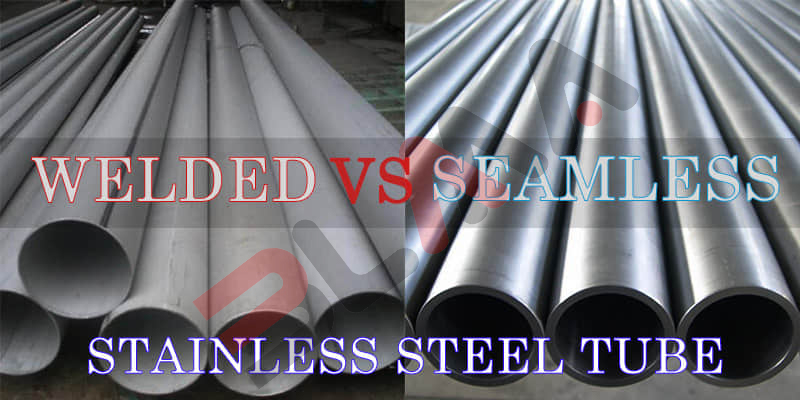We know that handling stainless steel pipes is much more difficult than handling ordinary iron pipes. However, some techniques can help simplify the process.

Figure 1 BLMA CNC pipe bender to bend stainless steel pipe
Considerations for Bending Stainless Steel Tubing
When pondering how to bend steel tubing, you must consider some structural considerations and factors. The most important ones include:
Bend Radius
Bending steel tubing often requires you to achieve a tight radius. In most cases, the thinning of the bend’s outer wall often results in a distorted bend. Employing a mandrel for support can help to prevent this. This means that mandrel tube bending is the most reliable method in this case.
Moreover, tighter bend radii often require you to apply force more carefully. A 180-degree bend may be feasible depending on the tube’s inner diameter and thickness. However, a broader “U” shape may be needed to preserve the structural integrity and the interior shape.

Figure 2 Stainless Steel Tube Bending Radius Chart
Yield Strength
Another important consideration in stainless steel tube bending is yield strength. This is one of the properties of steel that can cause springback. Materials with higher yield strength will have larger elastic to plastic strain ratio.
Therefore, it is very important to determine the yield strength of steel before bending. Each bend produces a reasonable strain. Therefore, yield strength should be considered in terms of the specific strain variables expected.
Material Thickness
The variation in material thickness is a great challenge when bending stainless steel tubes. Various stainless steel specifications are often referred to as averages. However, the actual material thickness falls into a specific range in reality.
Therefore, slight changes in thickness can significantly affect the bending Angle to a certain extent. This often affects the results, especially if you need tight tolerances. Some materials may require more bending force than others. Thicker grades of stainless steel will require more force than thinner grades. The thicker the wall, the higher the pressure the pipe can withstand. Similarly, pipes with thinner walls are more likely to collapse during bending.
Therefore, correct setting of bending forces is recommended to prevent inconsistencies and material deformation. You must choose the right machine and set up the machine properly.
Welded Tubing or Seamless Tubing
Both seamless and welded tubes can be bent. However, seamless tubes usually bend better if the required radius is tight. On the other hand, the thinner wall of the welded tube allows it to be used for larger diameter applications. The seam of welded pipes may interfere with the consistency of bending. This is due to a concentration of stress in the pipe.
The stress concentration makes the working pressure of welded pipe 20% lower than that of seamless pipe. We should also not ignore the possibility of improper welding, resulting in pipes that are not perfectly round. This prevents proper bending of the welded pipe.

Figure 3 Welded Tubing or Seamless Tubing




 English
English français
français русский
русский español
español português
português العربية
العربية Türkçe
Türkçe ไทย
ไทย Tiếng việt
Tiếng việt chinese
chinese




